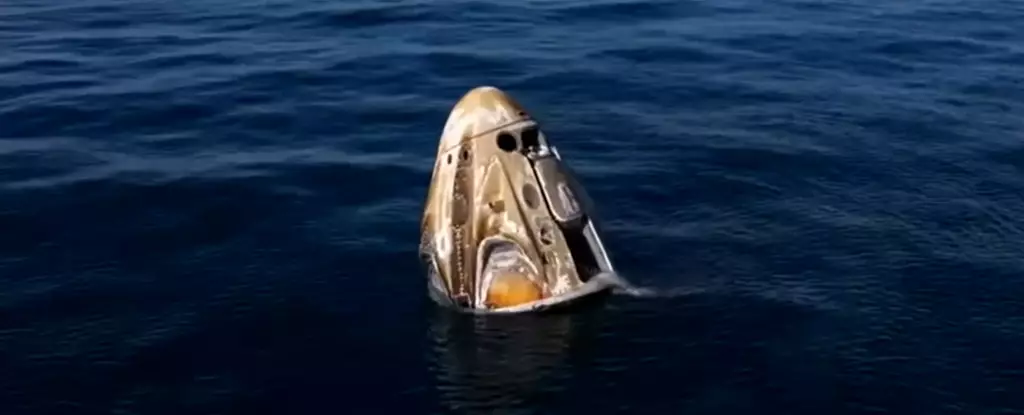What began as an eight-day mission aboard the International Space Station (ISS) morphed into an unprecedented nine-month odyssey, proving that the journey of astronauts Butch Wilmore and Suni Williams was anything but ordinary. Along with NASA crew member Nick Hague and Russian cosmonaut Aleksandr Gorbunov, these brave individuals showcased resilience and adaptability in the face of unforeseen circumstances. Their safe return to Earth off the Gulf Coast of Florida is a testament to human spirit and scientific determination.
The mission, launched on June 5, 2024, served as a pivotal test for Boeing’s Starliner spacecraft’s commercial viability. Designed to ferry crew to and from the ISS, the spacecraft encountered severe technical issues shortly before docking, leading to a significant delay that transformed a routine mission into a harrowing saga of survival. The failure of Starliner’s engines fundamentally altered the mission’s trajectory, compelling the crew to remain aboard the station until a viable return plan could be devised. Although NASA has refrained from labeling Wilmore and Williams as “stranded,” the challenges they faced during this prolonged period aboard the ISS certainly evoke that sentiment.
Mission Extended: The Science Behind the Silence
Despite the dramatic shift in their mission timeline, Wilmore and Williams managed to maintain a commendable positive outlook. Their time on the ISS was characterized not just by the looming stress of waiting, but also by a commitment to advancing scientific knowledge. Over the course of their extended stay, they conducted more than 150 unique experiments, delving into areas like human physiology and materials science under microgravity conditions. This dedication is a powerful reminder of the larger mission of space exploration: to enhance our understanding of the universe and, by extension, our own planet.
Moreover, the astronauts engaged in several spacewalks, performing maintenance and upgrades on the ISS, thereby contributing directly to the longevity and functionality of this orbiting laboratory. Their ability to pivot from a seemingly perilous situation to one of productivity and innovation speaks volumes about their professionalism and training.
The Homecoming: A Triumphant Return
Early Tuesday morning, the culmination of their extraordinary journey began with a transition to a SpaceX Crew Dragon capsule designed for safe reentry. The 17-hour trek back to Earth was a testament to the collaborative efforts of various space agencies and commercial partners, showcasing a new era in human spaceflight. As the capsule navigated through the atmosphere, the crew prepared for the moment they had been anticipating for months: the return to Earth’s comforting gravity.
At exactly 5:57 PM ET, with bated breath, the world watched as the capsule splashed down successfully, marking the end of an extensive and historically significant work shift in space. The safe return of Wilmore, Williams, Hague, and Gorbunov not only signifies the resolution of an intense chapter in their lives but also represents a critical learning opportunity for future space missions. Their journey, fraught with challenges, serves as a motivating beacon for aspiring astronauts and scientists alike, epitomizing the blend of adventure, perseverance, and the unyielding pursuit of knowledge that defines humanity’s quest in the cosmos.


Leave a Reply